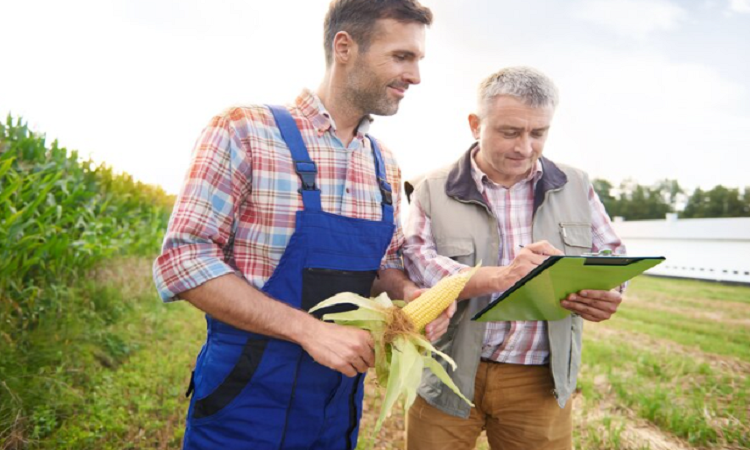Ohio Department Of Agriculture: Legal Battles, Regulatory Approvals, USDA Initiatives, and Leadership Nominations
In the dynamic landscape of agricultural policy, a myriad of legal battles, regulatory approvals, USDA initiatives, and leadership nominations shape the trajectory of the industry. This comprehensive analysis delves into key developments in these areas, highlighting the intricacies and implications for stakeholders.
Legal Battles: Gravel Sales in Ohio and “Ag-Gag” Laws in North Carolina
In Ohio, a legal saga unfolds surrounding gravel sales and regulatory compliance. The Ohio Department of Agriculture’s attempt to fine a landowner for charging to load free gravel sparks debate over adherence to administrative codes. Conversely, in North Carolina, the constitutionality of “Ag-Gag” laws faces scrutiny. These laws restrict whistleblowers from documenting and exposing animal welfare violations on farms, raising fundamental questions about free speech and transparency in agriculture.
Regulatory Approvals: Lab-Grown Chicken and Livestock Risk Protection
The USDA’s recent approval for the production and sale of lab-grown chicken marks a significant milestone in agricultural innovation. This regulatory green light opens doors to alternative protein sources while addressing sustainability concerns. Additionally, the Livestock Risk Protection program undergoes modification amidst drought conditions. The suspension of the 60-day ownership requirement reflects adaptive measures to support producers grappling with adverse climate impacts.
USDA Initiatives: Empowering Small Businesses and Disadvantaged Entities
Amidst the regulatory landscape, the USDA champions initiatives to foster inclusivity and economic empowerment. A newly introduced tool aims to assist small businesses and disadvantaged entities in identifying contracting opportunities with the department. By enhancing transparency and accessibility, this initiative seeks to amplify the voices of underserved communities and stimulate economic growth.
Nomination of Brian Baldridge: A Leader for Ohio Agriculture
Governor Mike DeWine’s nomination of Brian Baldridge as the next Director of the Ohio Department of Agriculture heralds a new era of leadership in the state’s agricultural sector. With deep roots in farming and extensive public service experience, Baldridge embodies a commitment to advancing the interests of Ohio’s agricultural community. His endorsement by organizations like the Ohio Farm Bureau underscores broad-based support for his candidacy.
Background and Experience
Baldridge’s upbringing in a multigenerational farming family imbues him with a nuanced understanding of the challenges and opportunities facing agricultural communities. His tenure as a county commissioner and township trustee demonstrates a track record of dedicated public service. Additionally, Baldridge’s background in firefighting and emergency services underscores his commitment to community welfare and resilience.
Endorsement and Support
The overwhelming support for Baldridge’s nomination underscores the confidence that stakeholders place in his leadership abilities. Organizations like the Ohio Farm Bureau commend his depth of knowledge in agriculture and his proactive approach to addressing industry challenges. Such endorsements validate Baldridge’s suitability for the pivotal role of Director of the Ohio Department of Agriculture.
Confirmation Process
Baldridge’s nomination now undergoes scrutiny in the confirmation process by the Ohio Senate. This crucial step ensures that the nominee possesses the requisite qualifications and vision to effectively steward Ohio’s agricultural sector. As the confirmation process unfolds, stakeholders eagerly anticipate the appointment of a leader who will champion their interests and navigate the complexities of agricultural policy.
Conclusion
The convergence of legal battles, regulatory approvals, USDA initiatives, and leadership nominations underscores the multifaceted nature of agricultural policy. In navigating these developments, stakeholders must remain vigilant, engaged, and informed to shape a resilient and equitable agricultural landscape for future generations.
Read More You May Like:














Post Comment